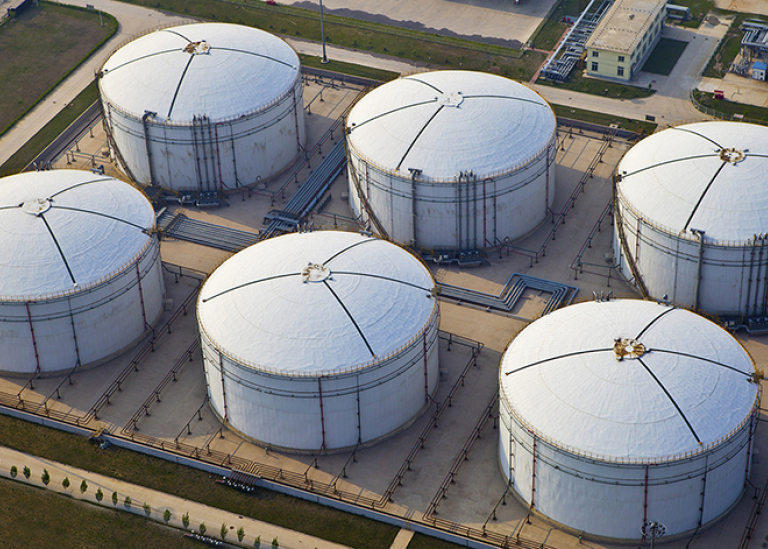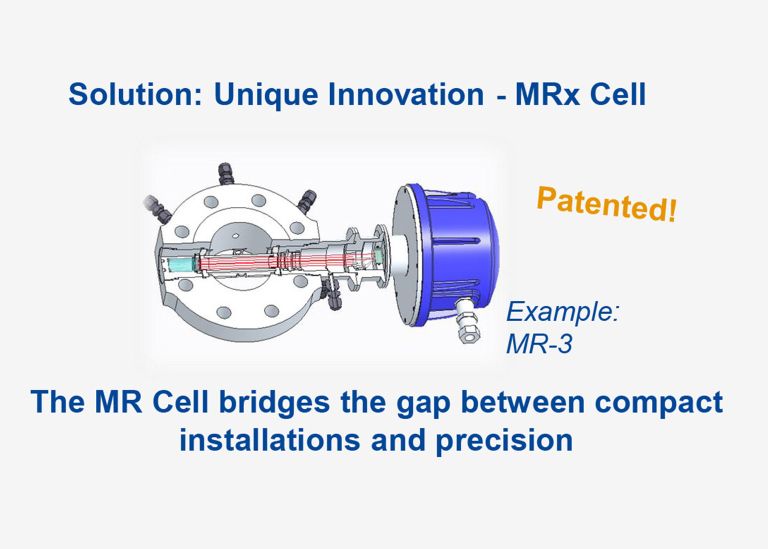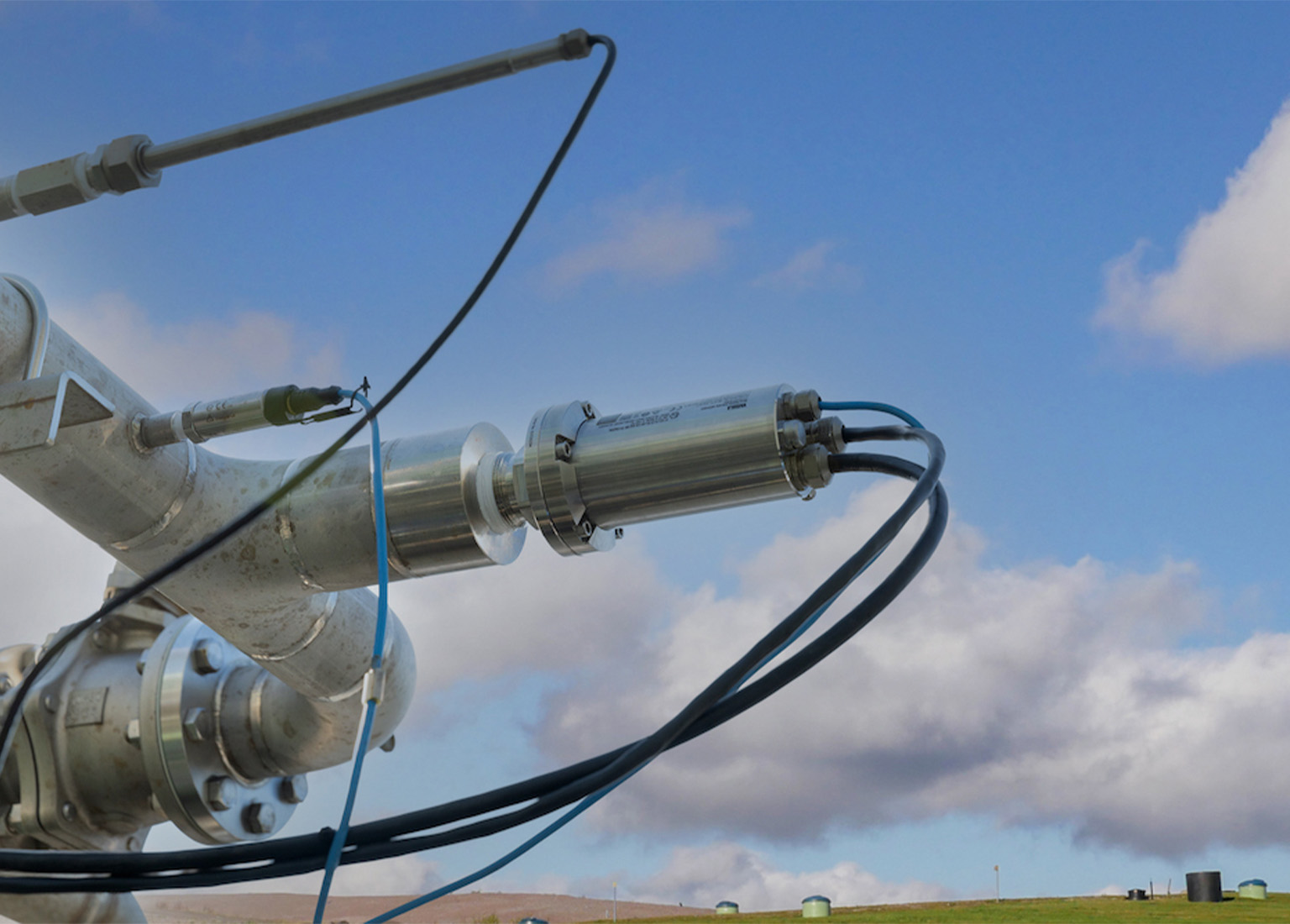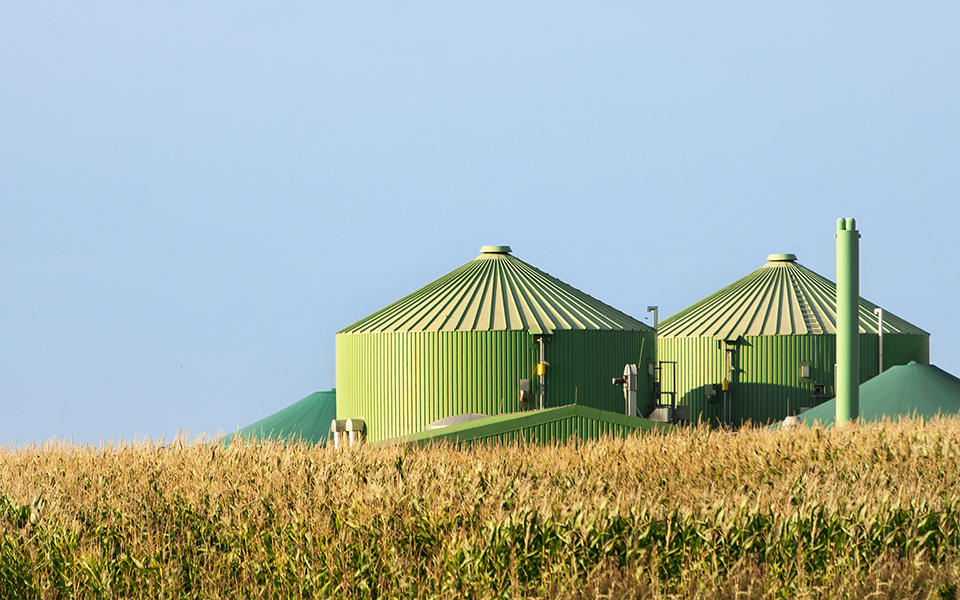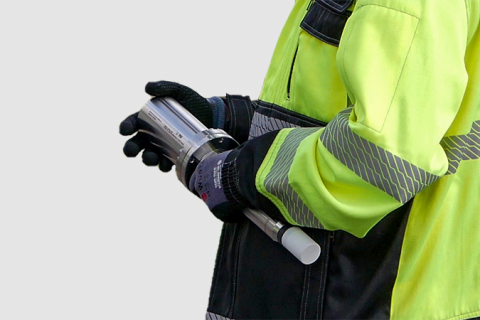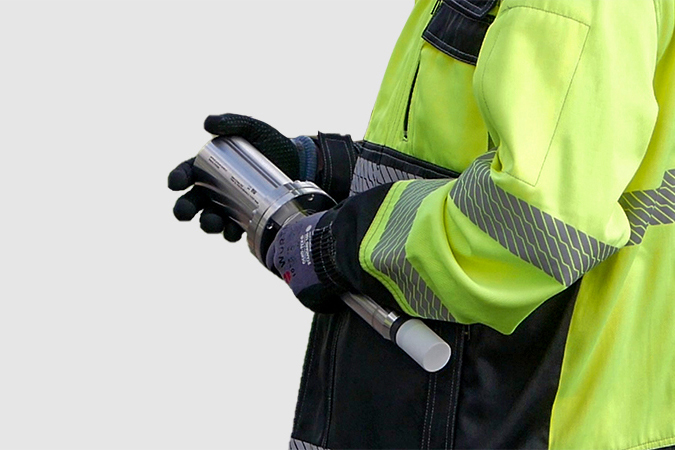
Gas analysis and detection, an overview
Analysers and detectors come in many types and sizes. However, not all devices are suitable for your application. Personalised, knowledgeable advice tailored to your needs is where we make a difference.
Safety first
In the process industry, oxygen meters are by far the most commonly used gas analysers. Safety is a key reason for using oxygen measurements, for instance, when it comes to explosion protection. In a potentially explosive gas mixture, there should be no, or only very little, oxygen present to prevent an explosion. Measuring speed is crucial for these applications. You should therefore ideally measure directly in the process pipe, as this is the only way to ensure a fast response time (<2 seconds). Compare this to traditional extractive analysers with sample lines of several meters long, where delays of 30 seconds to over a minute are common.
Smouldering fire
CO analysers are found in the same safety corner. CO, or carbon monoxide, can form, for example, due to self-ignition in storage silos that contain dry, dusty products. Typically in such a situation, the product starts to smoulder at a particular point. As oxygen levels are too low, incomplete combustion occurs and CO is therefore released. With continuous measurement or rapid detection, you can prevent a dangerous situation from escalating.
However, dust and gas analysers do not mix well. That is why we recommend a specialised filter, optionally with an automatic 'blowback' system, to keep the filter clean in dust-laden gas streams.
Quality in the process
We all strive for efficiency, optimisation, and minimal maintenance. Take chlorine gas, which is a basic raw material for many chemical processes. When moisture is present in the gas, chlorine becomes highly corrosive, which leads to wear, leaks, or worse. The right analyser can measure the moisture content down to just 1 ppm (parts per million).
Quality control is essential, but it also applies to the storage of both raw materials and final products. The headspace of large storage tanks can be monitored to ensure, for example, that there isn’t too much oxygen or moisture present. Such applications are referred to as blanketing. The tanks can also be flushed with nitrogen before filling them with product. This process is known as inerting. Both of these can be monitored without any difficulty.
Smart solutions for small pipes
Process pipes do not always have a large diameter. Sizes of DN50 or DN100 are frequently used. However, for inline optical measurements, a long optical path length is important for measuring range or resolution. This might seem contradictory, but a gas analyser, integrated into a wafer cell with a special multi-reflection tool to extend the path length up to three times, provides the solution.
Our planet
We all recognise the need for more sustainable solutions. There is no magic bullet, and if every little bit helps, then biogas and biomethane certainly play a role. The production and upgrading of this energy source require specific analysers. This applies first and foremost for methane (CH4) and carbon dioxide (CO2), but also for hydrogen sulfide (H2S) and oxygen (O2). Maintenance and OPEX costs can be reduced using analysers and sensors specifically developed for these applications. At the same time, by continuously monitoring methane slip, you can also improve both quality and yield. Smart investments pay for themselves quickly.
Leak detection
A common saying among technicians is that “every connection is one too many.” It is not that connections and fittings in pipelines and sample systems are inherently problematic, but rather that a risk of leaks is always right around the corner. The risk of diffuse emissions is highest while filling or emptying reactors and storage tanks.
Wireless means lower installation costs
In large-scale petrochemical and other industrial installations, it is not always practical to provide power and signal cables in every corner, especially not in hazardous EX environments. A WirelessHART network of battery-powered gas detectors offers the perfect solution. Typical gases and vapours include methane (CH4), propane (C3H8), hydrogen sulphide (H2S), carbon monoxide (CO), and ammonia (NH3).
Monitor over 60 different gases
These systems are not limited to the chemical industry. In the care sector or food industry, for example, where peracetic acid or hydrogen peroxide is used for disinfection, personnel and the environment must be protected against these vapours. In sewers or wastewater treatment plants, unwanted emissions of H2S cause odour nuisances. Monitoring and early detection prevent larger problems. The same applies for many more applications and vapours, such as acetylene, alcohol, formaldehyde, ozone, and various strong acids. Detection systems, including portable versions, are available for over 60 different components.
Needless to say, you want to ensure that the monitor detects the correct component. An integrated self-test ensures reliability.
More information?



